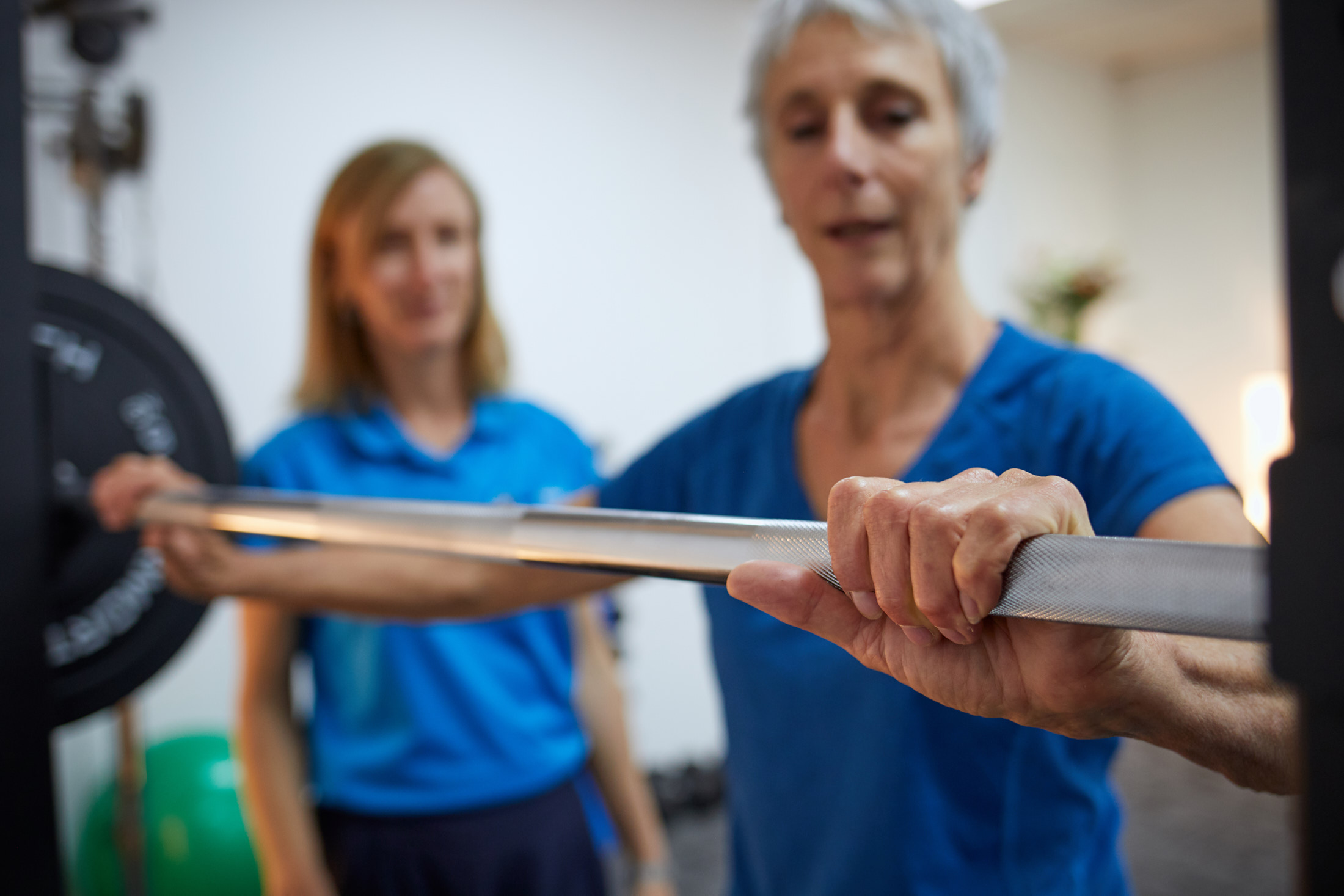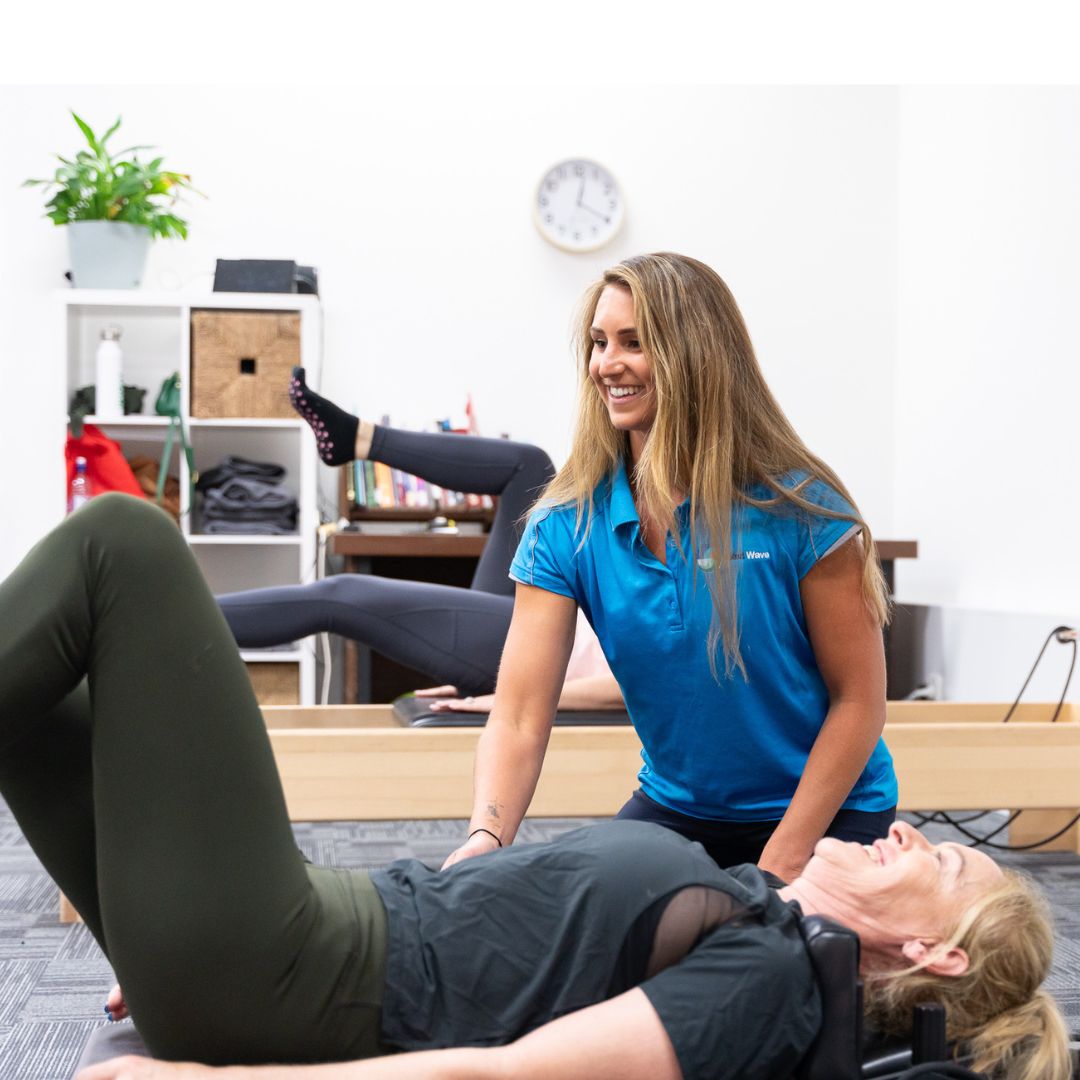
Is pelvic pain dragging you down?
Want to learn how to do more without fear of increasing the pain?
When pain in the pelvic area has lasted for 3 months or longer it can be due to a syndrome called chronic pelvic pain (CPP). Affecting both men and women, it’s a complex condition with multiple possible causes. Its complexity is what makes it frustrating for people to find solutions and ultimately relief that they desperately want from pain.
After reading this “3 steps to overcoming pelvic pain” guide you’ll have a greater understanding on what causes it and how to begin to live a pain free life.
# Step 1: Understand Pelvic Pain
Reader WARNING, a lot of words are dedicated to this section because I believe knowledge is power and that understanding the mechanisms behind your pain is THE first most important thing that will change your pain without any effort. How cool is that?
Chronic pelvic pain affects every domain of a person’s life, in every waking and sleeping moment.
Pain is usually felt over the entire pelvic area but can also be in a specific area such as the perineum. The pain may be constant or come and go; it may be a dull ache, sharp pain, cramping pain or felt as pressure and heaviness deep within the pelvis.
It may be mild or so severe that it affects your ability to go about your day to day activities. The pain can disturb sleep, reduce ability to exercise, make you take days off work. There may be pain during intercourse, while having a bowel movement or urinating. It may be accompanied with joint pain, feeling of muscle weakness in the hips and unexplained fatigue.
The pain may get worse when you do too much or when you do too little. It can seem like whatever you do to stop the pain doesn’t work, leaving you feeling stressed and in a state of hopeless despair. Ultimately pain affects enjoyment and quality of life.
What causes chronic pelvic pain?
Pain is a real lived experience.
Nelson et al., (2012) identify over 60 different causes of pelvic pain. Sometimes it is linked with a single cause but can also have multiple causes. When pain persists and is associated with one or more causes that are not responsive to treatment it is helpful to explore pelvic pain in context of it being a ‘pain syndrome’.
Causes of chronic pelvic pain include urological pain syndromes, gynaecological symptoms to external or internal organs, gastrointestinal disorders or musculoskeletal pain syndromes.
Most common causes of chronic pelvic pain treated at Next Wave Therapy are:
-
Women’s gynaecological problems such as endometriosis, dysmenorrhoea, pelvic inflammatory disease and cysts. “Endometriosis is found in 75% of adolescent girls with chronic pelvic pain that is resistant to treatment.”
-
In men Chronic Pelvic Pain Syndrome (CPPS) is diagnosed when there is chronic nonbacterial prostatitis.
-
Musculoskeletal problems such as fibromyalgia, pelvic floor tension or hernia can lead to recurring pelvic pain. Pelvic floor tension is where anxiety or stress results in persistent unconscious muscle contraction of the pelvic floor muscles. This leads to formation of trigger points and referred myofascial pain.
-
Irritable bowel syndrome. Bloating, constipation or diarrhea associated with irritable bowel syndrome can be a source of pelvic pain and pressure.
-
Painful bladder syndrome (interstitial cystitis). This condition is associated with recurring pain in your bladder and a frequent need to urinate.
-
Psychological factors. Emotional distress makes pain worse. Living with chronic pain is emotionally stressful. This ‘pain-stress’ cycle creates abnormal psycho-neuro-immuno-muscular function and a term called ‘central nervous system (CNS) sensitization’. This is a condition where a triggered pain response has resolved but the CNS is responsible for continuing the pain even without continuing input from the peripheral nerves.
# Step 2: Learn self-management strategies
Chronic pelvic pain responds to a bio-psycho-social approach which has been shown to change the brain neuro-matrix and consequently change the way pain pathways perceive pain.
Some example of things only you can do to change your brain neuro-matrix are:
-
Take control of your life! Sounds easier than it looks but making a plan and taking steps, no matter how small, toward your goal; increases your self-efficacy. Research shows that this helps reduce pain.
-
Relax! Manage stress, focus on getting a good night’s sleep, learn relaxation strategies
-
Be active! Start pacing your activities so that you can get the most out of them, not doing too much but also not doing too little.
-
Don’t suffer in silence! Talk to you family and friends. Pain is unseen and not well known but most people, especially those that care about you, understand once it is explained.
-
Ask for help! Identify what is triggering your pain and arrange for someone to help you with these tasks while you rehabilitate.
# Step 3: Participate in Life
It is very common for people with chronic pelvic pain to experience a change in how you think, feel and behave. It is natural to feel trapped with a sense of helplessness as the pain continues and no one seems able to offer a ‘cure’. The problem is that the cure is to participate in life activities (occupations) and develop greater life satisfaction.
To do this I recommend writing a list of the things you are unable to do or have difficulty doing due to the pain. These are all the things you need to do, want to do and are expected to do. Choose the one most important thing first and start with finding ways to do that one thing. It might mean changing the way you do it, using equipment to help you or breaking it down to smaller chunks. However you figure it out just focus on that one thing, set a small goal and get started with your return to life participation.
Next Wave Therapy offer expert treatment strategies for chronic pelvic pain
Chronic pelvic pain syndrome can be difficult to treat when you don’t know how.
At Next Wave we begin with careful and comprehensive assessment to clearly identify underlying causes before making a targeted treatment plan with you. We approach the complexity of chronic pain with a bio-psycho-social model that recognises the importance of the mind-body interaction.
We fully understand all aspects of chronic pain and have a multi-disciplinary team on hand to guide you through whichever area you need to overcome chronic pelvic pain.
Next Wave Therapy offers many treatment options.
Pain education is offered by all our therapist to firstly help you understand why your pain persists.
-
Our occupational therapists provide psychological therapy, stress management, yoga, support with activity pacing, goal setting for engagement in life occupations and focused pain care mentoring.
-
Our naturopaths use nutritional and herbal medicine that are well indicated to support biological mechanisms contributing to CNS sensitisation.
-
Our physiotherapists are well placed to firstly provide a comprehensive musculoskeletal assessment ruling out any other possible cause of your pelvic pain. They provide graded exercise rehabilitation programs and manual therapy.
We hope this “3 step guide to overcoming chronic pelvic pain” has helped you start your journey to painless living.
To really gain the benefits of these 3 steps and fully integrate them into your life we recommend a session with one of our expert therapists.
After your first comprehensive initial assessment with one of our expert therapists you:
-
will get crystal clear on what is causing your pelvic pain and the sort of relief you can expect
-
find out the best self-management strategies to get your pelvic pain under control and a targeted plan on how to make this last in the long term
-
leave the session with the confidence of knowing that there is path toward life without pain.
Written by Sasha Wray, Occupational Therapist and Naturopath with a special interest in helping people with chronic pain, myofascial pain, mental health concerns.
Copyright Next Wave Therapy (2019)






